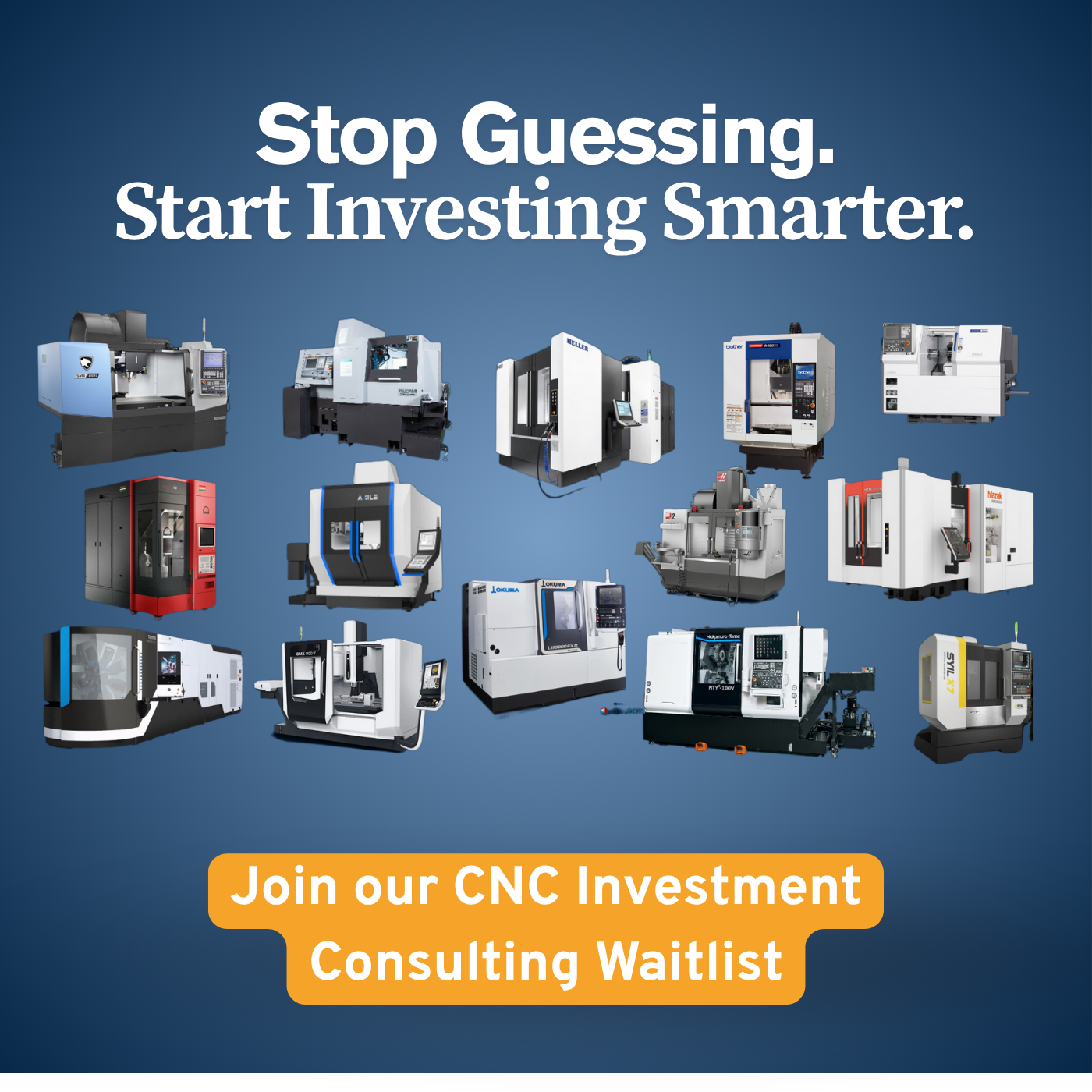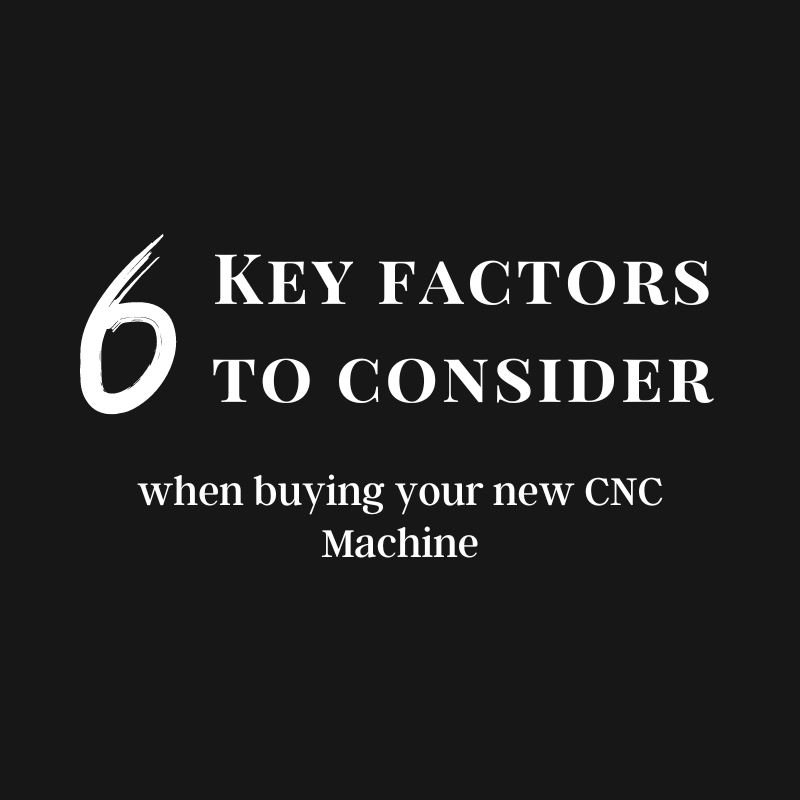For new CNC buyers, particularly those who have diligently saved to make this significant investment, understanding the full financial picture is crucial. While the upfront cost of a CNC machine is substantial, several hidden or unexpected expenses can arise after the purchase. This comprehensive guide aims to illuminate these often-overlooked costs, helping you prepare financially and avoid surprises down the line.
When purchasing a CNC machine, the initial price is just the tip of the iceberg. Potential hidden costs include installation and setup fees, training for operators, ongoing maintenance and repair expenses, tooling and accessories, software licensing and updates, utility costs for power and compressed air, material waste during initial runs, transportation and delivery charges, and potential modifications to your facility to accommodate the new equipment. Understanding these hidden costs is essential for a realistic budget and successful CNC machine integration.
Let's explore each of these hidden costs in detail, providing insights and practical advice to help you navigate the full spectrum of expenses associated with CNC machine ownership.
Installation and Setup Costs
- Professional Installation Fees: CNC machines often require professional installation, which can include specialized rigging and setup. These services come at a cost, depending on the complexity and size of the machine.
- Infrastructure Modifications: Depending on the machine’s requirements, modifications to your existing infrastructure, such as electrical upgrades or reinforced flooring, may be necessary.
- Calibration and Testing: Post-installation, the machine needs to be calibrated and tested, which might require hiring experts or purchasing specialized equipment.
Training Costs for Operators
- Initial Training and Certification: Operating a CNC machine requires skilled personnel. The cost of training your staff or hiring certified operators can be significant, especially for more sophisticated machines.
- Ongoing Training and Skill Development: As technology advances, continuous training for operators to stay updated with the latest machining techniques and software updates is crucial.
Maintenance and Repair Expenses
- Routine Maintenance: Regular maintenance is essential to keep a CNC machine running efficiently. This includes costs for lubricants, filters, and replacement of wear-and-tear parts.
- Unexpected Repairs: Breakdowns and repairs are inevitable. Setting aside a contingency budget for unexpected repair costs can help mitigate these expenses.
- Service Contracts: Consider the cost-benefit of service contracts or extended warranties, which, while an additional expense, can provide cost predictability and peace of mind.
Tooling and Accessories
- Initial Tooling Investment: The cost of tooling, such as cutters, drills, and end mills, can be substantial, particularly for specialized or high-quality tools.
- Replacement and Upgrading: Tools wear out and need replacing. Additionally, as your machining needs evolve, investing in more advanced tooling may be necessary.
Software Costs
- Software Licensing: Most CNC machines require software for operation. The cost of software licenses and any necessary operating systems should be factored into the budget.
- Regular Updates and Upgrades: Software needs to be regularly updated or upgraded, which may incur additional costs.
Utility Expenses
- Power Consumption: CNC machines can consume a significant amount of power, impacting your electricity bill.
- Compressed Air Requirements: Some CNC machines require compressed air, which means additional running costs for air compressors.
Material Waste and Testing
- Initial Material Wastage: During the initial setup and testing phase, material wastage is common as operators calibrate and fine-tune the machine.
- Trial Runs and Prototyping: Testing new designs or setups can consume materials without producing sellable products.
Transportation and Delivery Charges
- Shipping Costs: The cost of transporting a heavy CNC machine to your facility can be high, especially if it involves international shipping or specialized transport services.
- Insurance During Transit: Ensuring the machine during transportation protects against potential damage but adds to the overall cost.
Facility Modifications
- Space Renovations: Preparing your facility to accommodate a CNC machine might involve renovations or expansions, which can be costly.
- Environmental Controls: Certain CNC operations might require controlled environments, necessitating investments in HVAC systems or dust collection systems.
Financial Implications and Planning
- Budgeting for Hidden Costs: It’s essential to budget for these hidden costs when planning your CNC machine investment. This includes both the initial setup and ongoing operational expenses.
- Financial Planning and Assistance: Explore financing options, grants, or tax incentives that can help offset some of these costs. Thorough financial planning ensures a smoother integration of CNC technology into your business.
Purchasing a CNC machine is a significant investment, and understanding the full scope of costs involved is crucial for new buyers. By considering installation and setup fees, training costs, maintenance and repairs, tooling expenses, software licensing, utility costs, material waste, transportation charges, facility modifications, and financial planning, you can create a comprehensive budget that reflects the true cost of CNC machine ownership.
This foresight not only prepares you for the financial commitment but also positions your business for successful and sustainable CNC operations.




